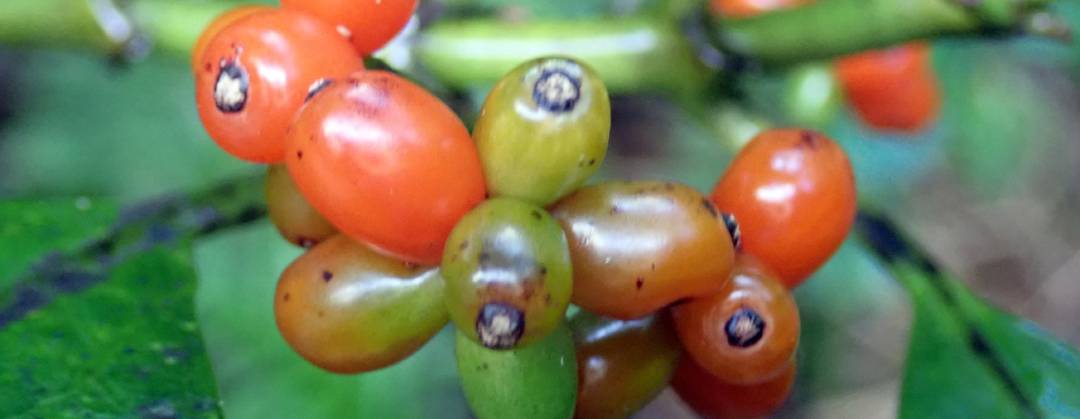Coprosma autumnalis, patutiketike, kawariki, manono, raurākau, kapukiore.
Coprosma grandifolia Large-leaved coprosma | Kanono

This guide is based on a literature review. It compiles information from various sources. Different sources may offer varying advice and findings.
Variations found with sowing to germination time frame. Little information on seed viability and storage. Can be grown from cuttings.
Hard.
Widespread throughout the North Island and in the northern coastal parts of the South Island. Found at forest margins or in low regenerating forest and mainly in regions of high rainfall.(1)
Dioecious – can only collect seeds from female plants.(2)
Seeds can be dispersed by birds.(1)
Seeds kept dry at room temperature and humidity for 5 months had a germination rate of 8%.(1)
The seed needs to be de-pulped (removal of seed from fruit).
100% germination after 10 weeks.(1)
Germination, seed storage, and vegetative propagation need further investigation.
Information about the native seed profiles
All species names are in the following order: scientific name, common name, and Māori name. Names may vary by region. We have tried to use the most common names across New Zealand.
We have sourced photos from different websites and creators. We have used the images under different licences. These include Public Domain and Creative Commons licenses. For Coprosma grandifolia, the image details are:
-
Photo by Peter de Lange – no rights reserved (CC0)
- Original image
The basis for each seed profile is a literature review carried out by Scion. Te Uru Rākau – New Zealand Forest Service commissioned and worked on the review to produce a native seed catalogue. The full seed catalogue is on the Ministry for Primary Industries (MPI) website.
References
Burrows, C J (1996). Germination behaviour of seeds of the New Zealand woody species. New Zealand Journal of Botany, 34, 509–515.
Department of Conservation. Seed collection and propagation guide for native trees and shrubs. Accessed 17 October 2024.
Metcalf, L J (1995) The propagation of New Zealand native plants. Godwit; Auckland, New Zealand.